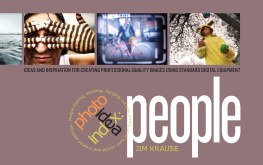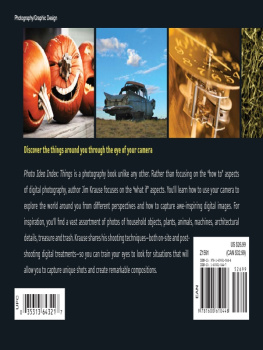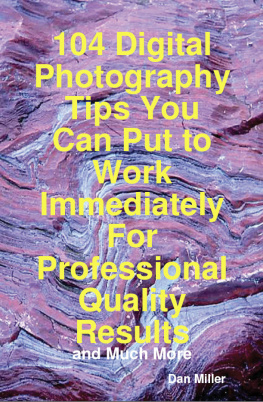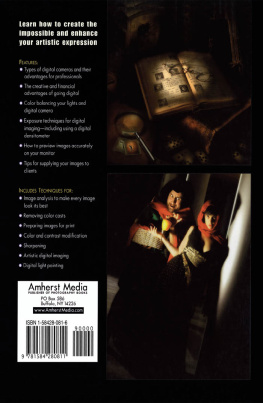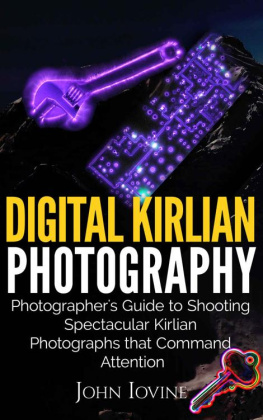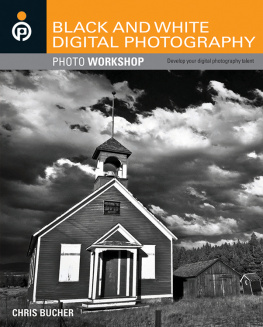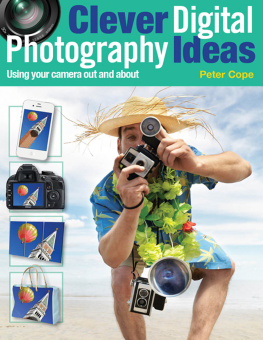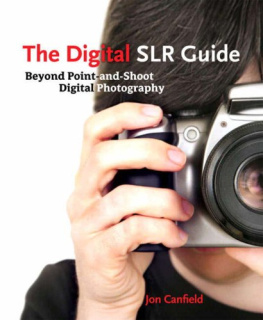photo idea index:
people
JIM KRAUSE

Photo Idea Index: People. Copyright 2010 by Jim Krause. Manufactured in China. All rights reserved. No other part of this book may be reproduced in any form or by any electronic or mechanical means including information storage and retrieval systems without permission in writing from the publisher, except by a reviewer, who may quote brief passages in a review. Published by HOW Books, an imprint of F+W Media, Inc., 4700 East Galbraith Road, Cincinnati, Ohio 45236. (800) 289-0963. First edition.
For more excellent books and resources for designers, visit www.howdesign.com.
14 13 12 11 10 5 4 3 2 1
Distributed in Canada by Fraser Direct
100 Armstrong Avenue
Georgetown, Ontario, Canada L7G 5S4
Tel: (905) 877-4411
Distributed in the U.K. and Europe by David & Charles
Brunel House, Newton Abbot, Devon, TQ12 4PU, England
Tel: (+44) 1626-323200, Fax: (+44) 1626-323319
E-mail: postmaster@davidandcharles.co.uk
Distributed in Australia by Capricorn Link
P.O. Box 704, Windsor, NSW 2756 Australia
Tel: (02) 4577-3555
eISBN 13: 978-1-4403-1051-5
Cataloging-in-Publication data is on record at the Library of Congress

Edited by Amy Schell
Designed by Jim Krause
Art directed by Grace Ring
Photography by Jim Krause
Production coordinated by Greg Nock
Big thanks to Laurie, Gene, Sophia, Evan, Juliet, Katherine, Brian, Diane, Jason and Victoria
About the Author:

Jim Krause has worked as a designer, illustrator and photographer in the Pacific Northwest since the 1980s.
He has produced award-winning work for clients large and small and is the author and creator of ten other titles available from HOW Books:
Idea Index, Layout Index, Color Index, Color Index 2, Design Basics Index, Photo Idea Index, Photo Idea Index: Places, Photo Idea Index: Things, Type Idea Index and Creative Sparks.
WWW.JIMKRAUSEDESIGN.COM
Introduction
If you've already flipped through the pages ahead, you've probably noticed that this book isn't a lot like others about photographing people. The most obvious difference between Photo Idea Index: People and other books in this category is that most of the others feature dozens or hundreds of different people in their images. This book, on the other hand, contains just three recognizable characters: a woman, a man and a young girl (four, if you include the fellow appearing with one of the above-mentioned models in ). Why just three main characters? Because this book is not a showcase of people pictures; this is a book of ideas.Photo Idea Index: People offers through pictures and text hundreds of creativity-boosting ideas that can be applied to the photos you take of friends, family members and clients. And if you ask me, I'd say there's no better way of demonstrating the power of creativity than by showing how much can be done with how little.
Photographers face a huge range of choices when shooting a portrait. In this book (as well as in its two companions, Photo Idea Index: Places and Photo Idea Index: Things) these choices are never regarded as things the shooter has to consider. On the contrary, these choices are presented as things we get to consider. Things like the environment in which we choose to shoot; the attire, expression and actions of the model(s); the camera's settings; the type of lens used; the way light is handled; and the digital finalization of our images. This book is designed to help photographers consider and expand upon options such as these whenever they take a picture.
Some of the idea-generating prompts are contained in the text that appears on the last two pages of each chapter (more on that, ahead). Mainly though, it's each section's photographs that are meant to provide the viewer with ideas. How do the photos offer ideas? Simply by being there, ready to interact with the reader's eye and mind to produce a series of what if questions. For example, take a look at the image on the next spread. The reader is encouraged to look at this photo of a woman in a black dress and ask a series of exploratory questions such as these: Why is this well-dressed woman lunging at the camera? Aren't people supposed to pose elegantly when they're dressed formally? What if I encouraged my subject to act up the next time I am snapping a portrait? What if I asked her to jump, spin, balance on one foot or juggle a set of bowling pins? How should I handle my scene's backdrop? What about that downtown parking garage, or the all-glass office building next to it? How about taking advantage of the scene-bending perspective of my fisheye lens? What if I were to zoom in on the subject, tilt the scene or frame the composition in a strongly horizontal or vertical format? Should I use Photoshop to convert my image to monochrome? How about applying more extreme digital effects?
Text relating to the images appears at the end of each chapter. The text has been intentionally separated from the pictures so the viewer won't be affected by the captions when looking to the images for brainstorming prompts. This text offers additional creative ideas, anecdotal stories related their capture, camera and lens information and notes concerning the photos' digital processing. You'll notice the camera and lens info relates mostly to digital SLRs and their lenses. If you shoot with an SLR, take note of these details and experiment by applying them to images of your own. If you don't own an SLR, and shoot mainly with something like a pocket digital camera, don't worry; every photo in this book contains ideas that can be applied to any type of camera (even a cell phone camera).
Photoshop is my software of choice when it comes to finalizing images. And since it's also the software used by more photo professionals worldwide than any other, I've chosen to refer to it exclusively in the book's text to describe digital treatments. Readers with a fundamental understanding of Photoshop should have little or no trouble understanding the straightforward treatments, effects and filters I've applied to this book's images.
It was a lot of work and a lot of fun shooting and sorting the photos for this book (a process that lasted nearly three years). I'd like to express my sincere thanks to the three main characters that appear in its photos: Laurie, Gene and Sophia. Each was as uncomplaining, enthusiastic, fearless and full of great ideas as any model I could dream of photographing. And thank you for picking up a copy of Photo Idea Index: People. I hope the ideas contained in its photos and text mix well with your own resourcefulness and creativity.

1
Portrait Possibilities
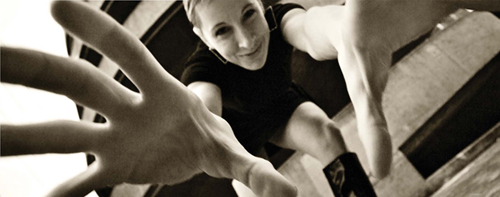
What is a portrait? Is it a photo of a well-dressed person sitting with folded hands, combed hair and a smile on her face? Sure. But that's just one kind of portrait. And it's been done before. Many times.

